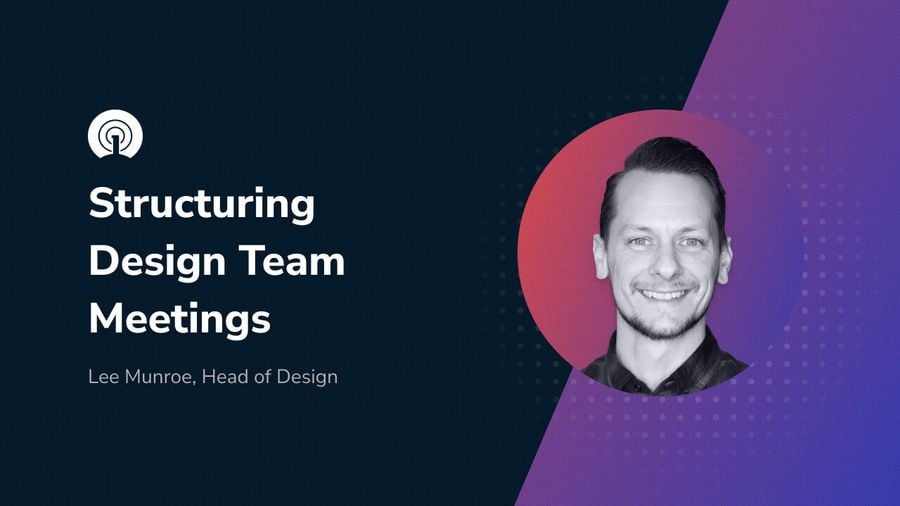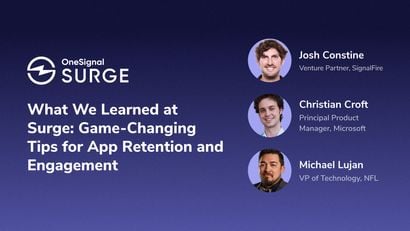Most meetings suck. At least that’s what most people would say about most meetings. But team meetings are important. They foster collaboration, feedback, and communication. They jumpstart project kickoffs, help team members get to know each other, and lay the groundwork for positive company culture. Meetings should be great.
Most meetings haven’t been well designed. Some lack a purpose or over time their purpose has become unclear. Sometimes one person does all the talking, and sometimes nobody talks. Others lack a clear agenda and chaos quickly ensues — or worse, participants break their flow to join a meeting, only to be informed there’s no agenda and no need to meet at all.
At OneSignal, our design team organizes a small set of regular meetings. We also meet consistently with our cross-functional teams — product, engineering, and marketing — to discuss projects. In this article, I’ll focus on our design meetings and their purpose.
Weekly Design Planning Meeting
Mondays, 30 minutes
This meeting's purpose is to kick off the week with camaraderie, communicate what we’re working on, and align on our priorities.
We start with 5 minutes of catch up where we check in after the weekend. What did people do or watch on TV? Did anyone see the latest episode of Succession? 😱
Then, we move onto 10 minutes of fun. For fun, we typically play an icebreaker or use FigJam to play a fun game. Our favorite games include:
- Reciting the alphabet as a team: We close our eyes, or turn off our cameras. Somebody takes the first step by saying "A". Then someone else must say "B" and so forth. There are no no visual cues indicating who will go next. The same person can’t say 2 letters in a row. If two people speak, we restart. We see if we can reach the end.
- FigJam donut drawing games: This neat little plugin assigns each participant a topic to draw while the others guess what they're drawing. Donut has a bunch of fun games and conversation starters.
- Other FigJam widget games: like Connect 4 and Rock, Paper, Scissors. These provide some lighthearted fun.
- Yes and: We pair up and set a topic to get started. The first person starts off with “I went on vacation and…” The second person picks up the next line of the story and then it alternates back to the first person. We go back and forth until there's a good end to the scene. Next, we take 15 minutes to discuss our areas of focus for the week, checking in on OKR’s and making relevant announcements. Announcements can include out-of-office plans, wins, and more.
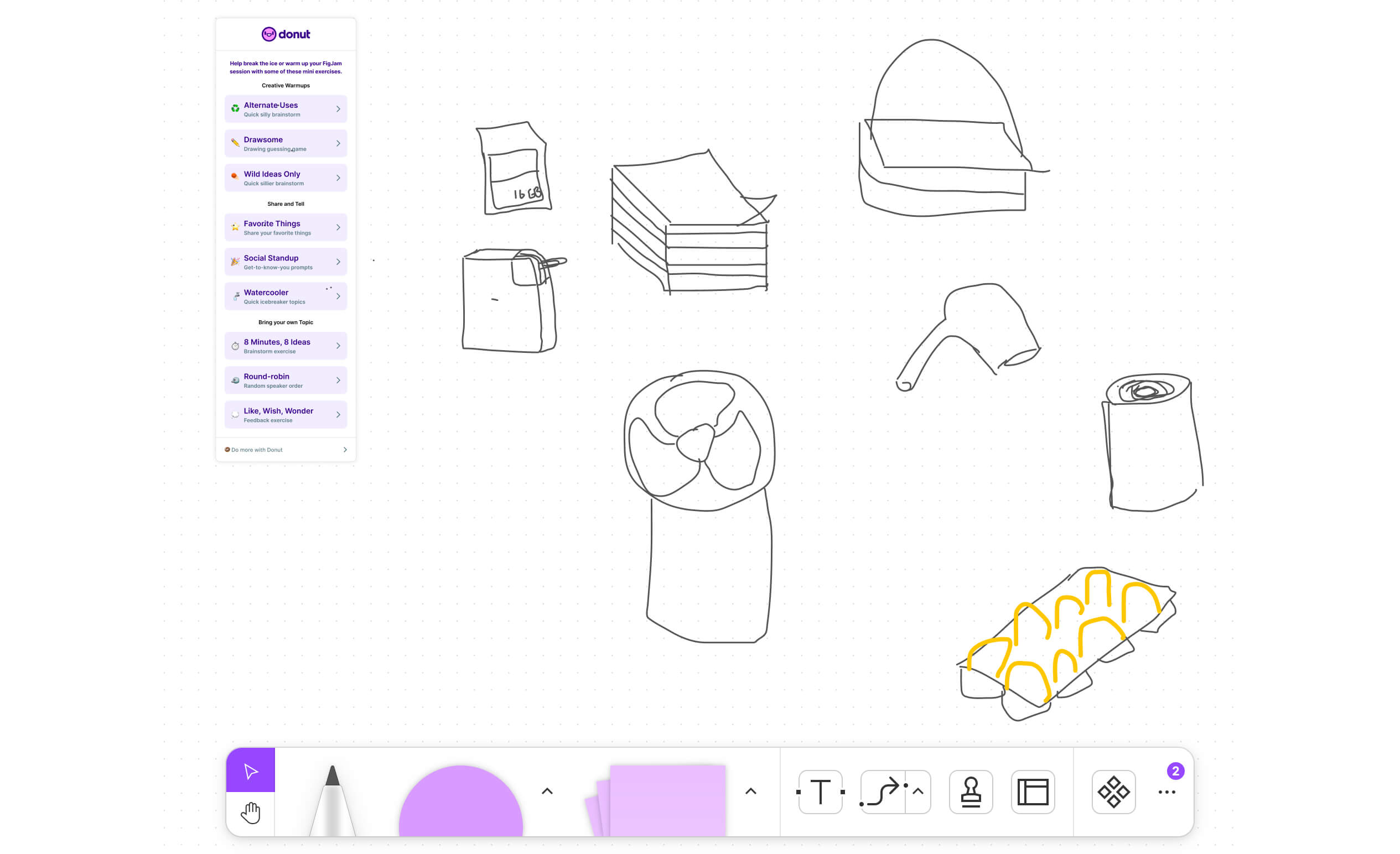
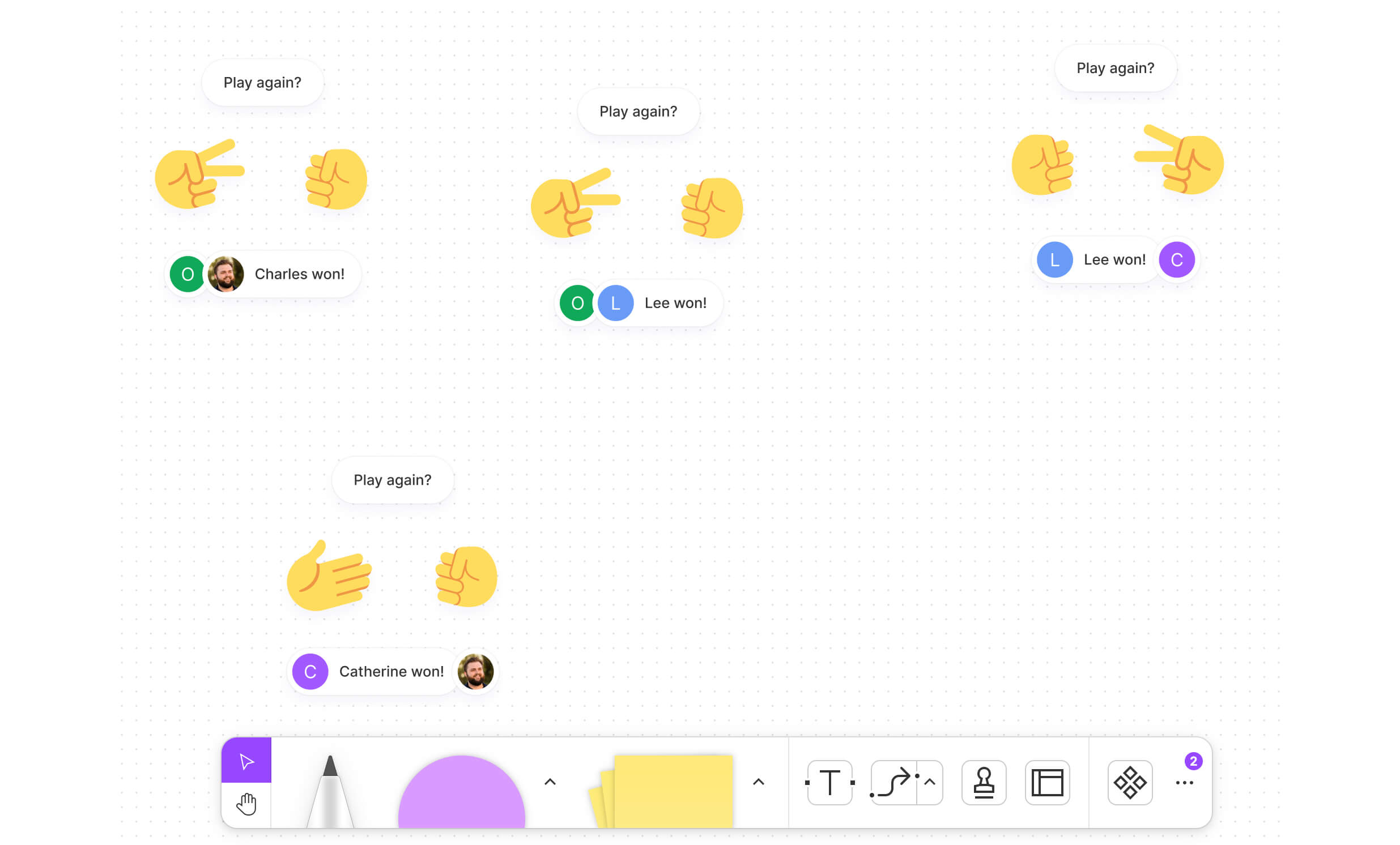
Weekly Design Critique Meeting
Thursdays, 1 hour
In this meeting, we create a space to share work, receive feedback from design peers, think critically about design decisions, and ultimately improve the quality and consistency of our work.
The “Design Crit” meeting is typically for designers only. Although we collect feedback from other stakeholders throughout the design cycle, having an exclusive meeting for designers gives us a safe space to focus on the principles we as designers care about.
We share the context of what we’re working on, express our intentions, and ask for feedback where we have questions. The team is always encouraged to ask questions or point out gaps and inconsistencies. The goal is not to provide prescriptive solutions.
For projects that are already further along, we may simply share the status and decisions that have been made for awareness. If a designer wants to source additional ideas, this is also an opportunity for collaboration and brainstorming with post-its or crazy 8s.
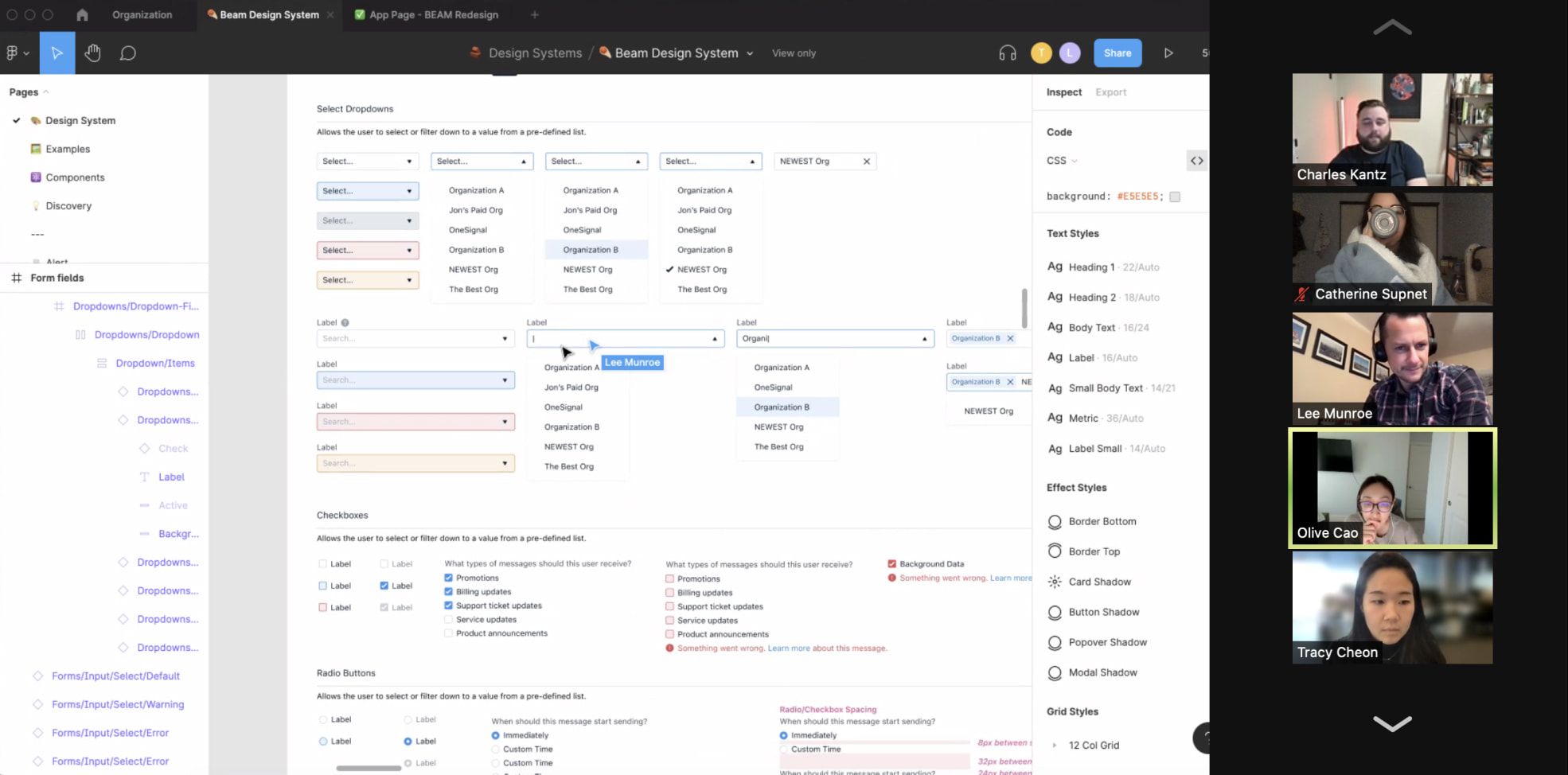
Weekly Design Jam Meeting
Fridays, 1 hour
We typically hold this meeting over lunch. Its purpose is to keep learning new things, practice presentation skills, and also have some fun ending the week with a cooldown session.
We take turns hosting this meeting, and each week it’s the host’s choice what they want to do. The host may focus the meeting on learning the latest Figma feature, presenting something they’re passionate about, or providing an overview of a book. Some examples include:
- Figma interactive components playground
- Intro to 3D modelling
- Using InDesign to create eBooks
- Designing stickers for developer conference
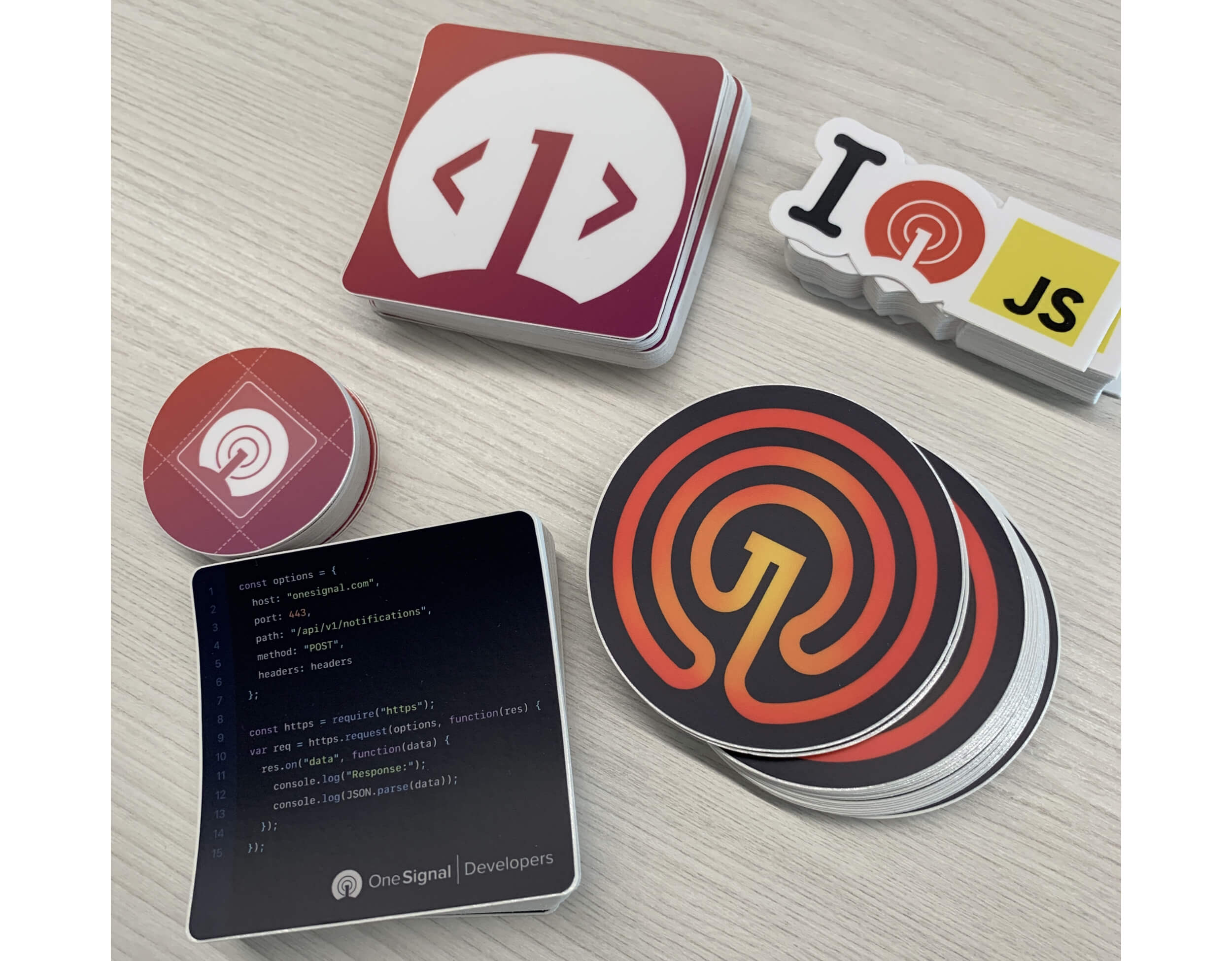
Weekly Async Slack Status Update
Fridays, asynchronously
This is not in fact a meeting, but rather a Slack update in place of a meeting. The purpose here is to highlight the key things we’ve accomplished over the past week, and what our goals are for the coming week.
Doing this on Slack helps us avoid the status update meeting and provides everyone transparency around what we’re working on and an opportunity to communicate any roadblocks or things that didn’t go to plan.

Quarterly Retrospectives
Once a quarter, 1 hour
Although our product squads meet on a more regular cadence for project retros, our design team usually meets once a quarter. The purpose of these meetings is to give everyone a chance to voice their opinion about what’s working and what’s not.
We’ll use FigJam for this with a timer set to 5 minutes. Then we’ll talk through the results and create action items.
Examples of items that have come out of team retros:
- Our weekly Design Jam meeting was born
- We’ve invested more time in making sure our master Figma files are up to date
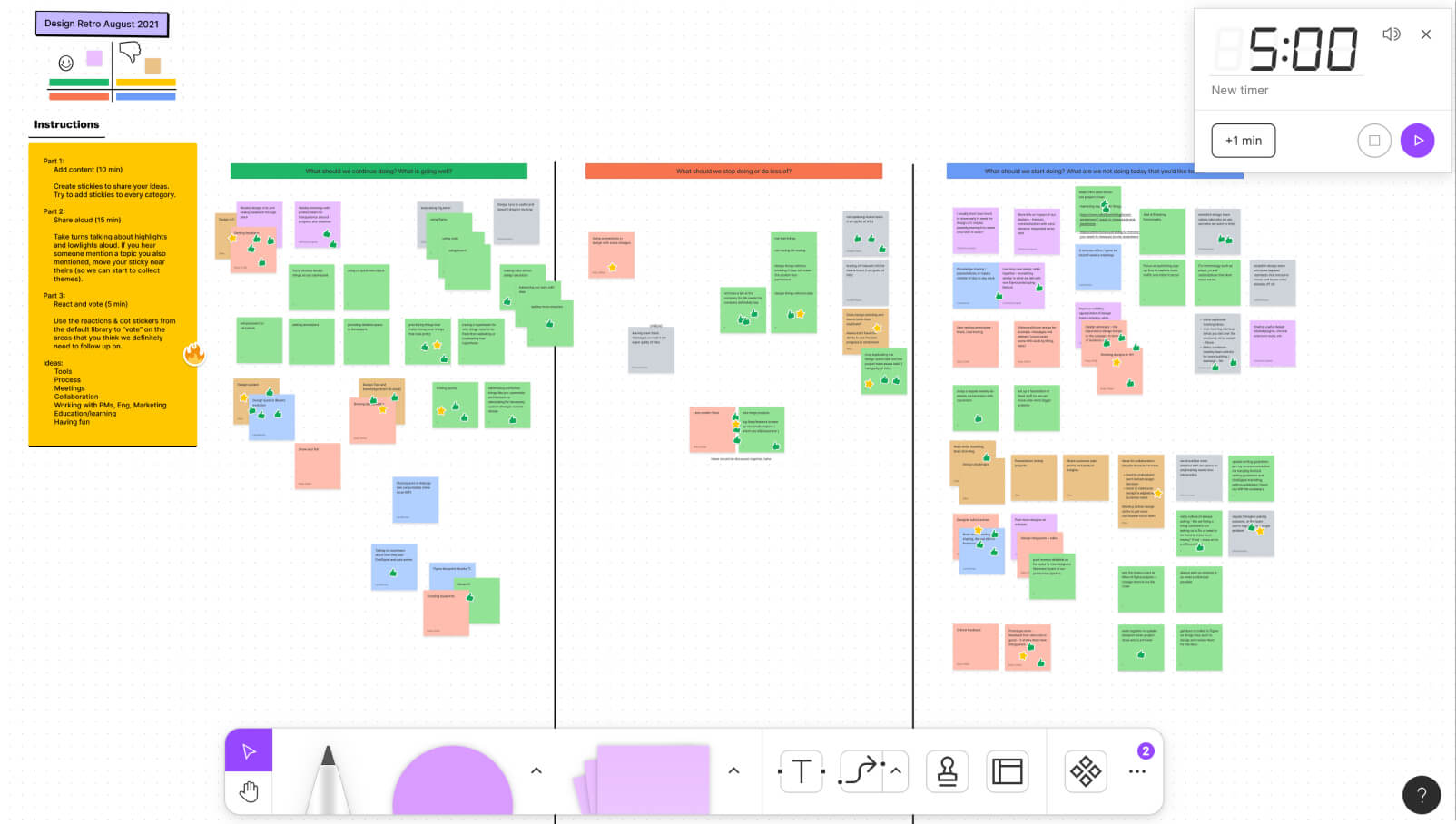
Quarterly Happy Hour / Game Night / Offsite
Once a quarter, 1 hour
We get together for non-work-related banter! The purpose here is to have fun, discuss non-work-related topics, and get to know each other. Often, we’ll do this cross-functionally with product, engineering, or the whole company.
Some activities we’ve done in the past:
- Taken a trip to a local restaurant or pub
- Played Jackbox or Roblox games virtually
- Organized a Halo game night
- Sent everyone treats, beer or wine of their choice and consume on Zoom
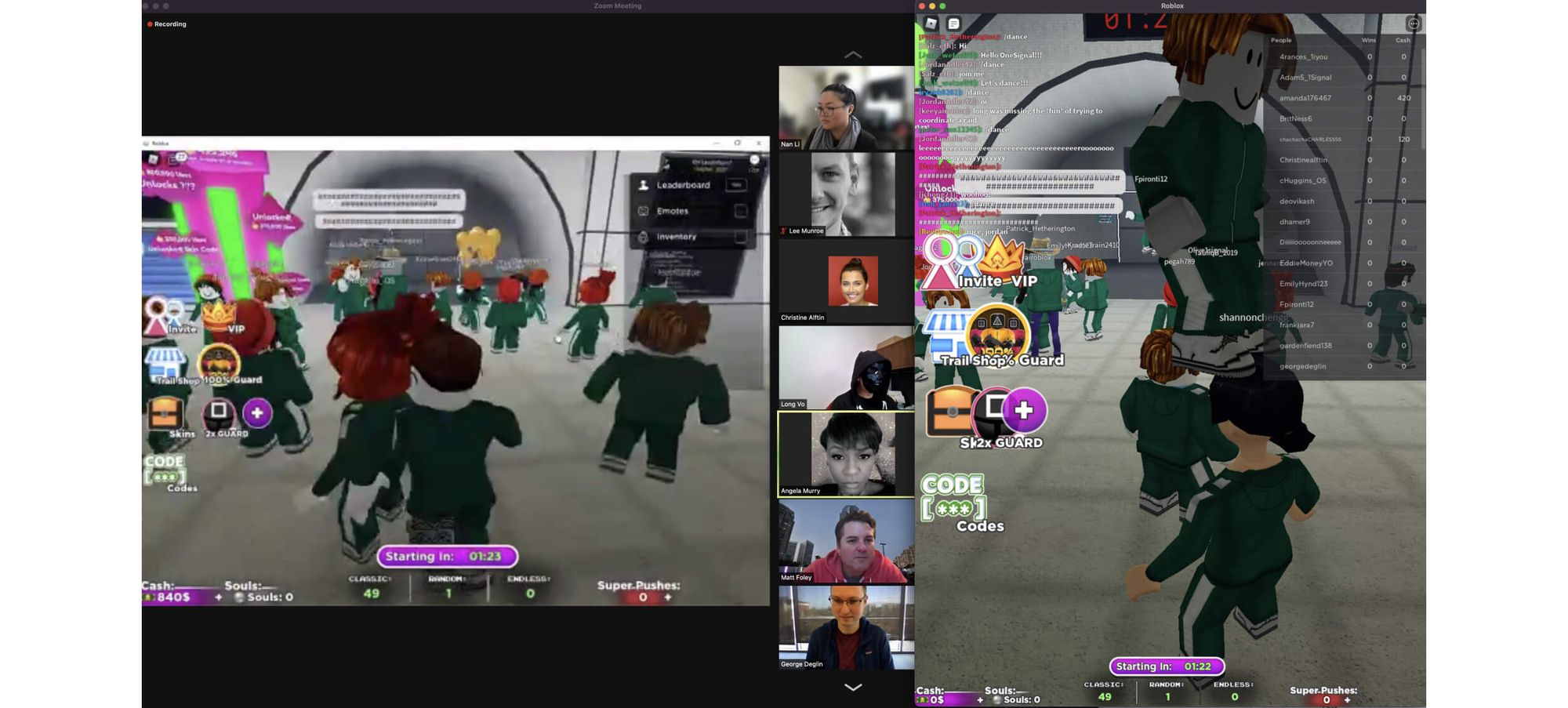
The Takeaway
Meetings shouldn't suck. If they do, it’s time to take a step back and analyze their purpose. Do they need to happen? Is their purpose clear? Does everyone invited really need to be there? How can they be more productive?
Get input from your team on a regular basis. Be open to change and experimentation. Across design and product teams, there’s no one size fits all approach. It all depends on the size of your team, the stage of your company, the way work gets done, and the individual preferences at play. Experiment to see what works for you.
P.S. we’re hiring designers at OneSignal, follow our design team on Twitter and Dribbble!
Join our Team